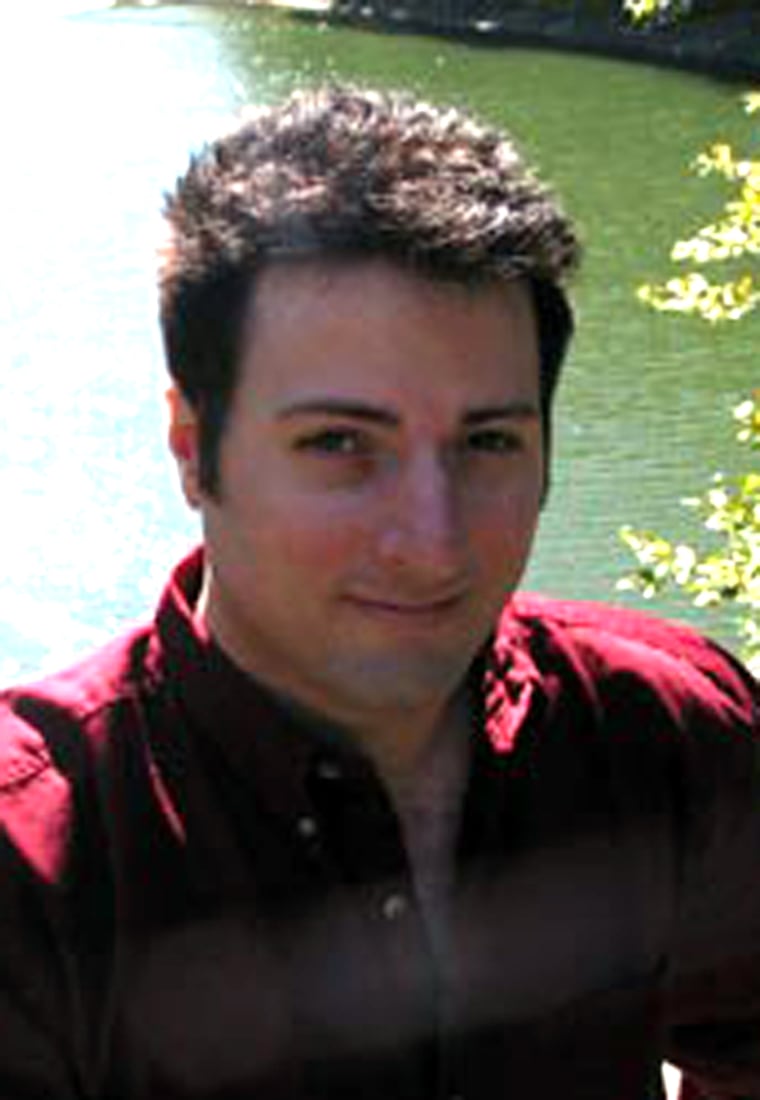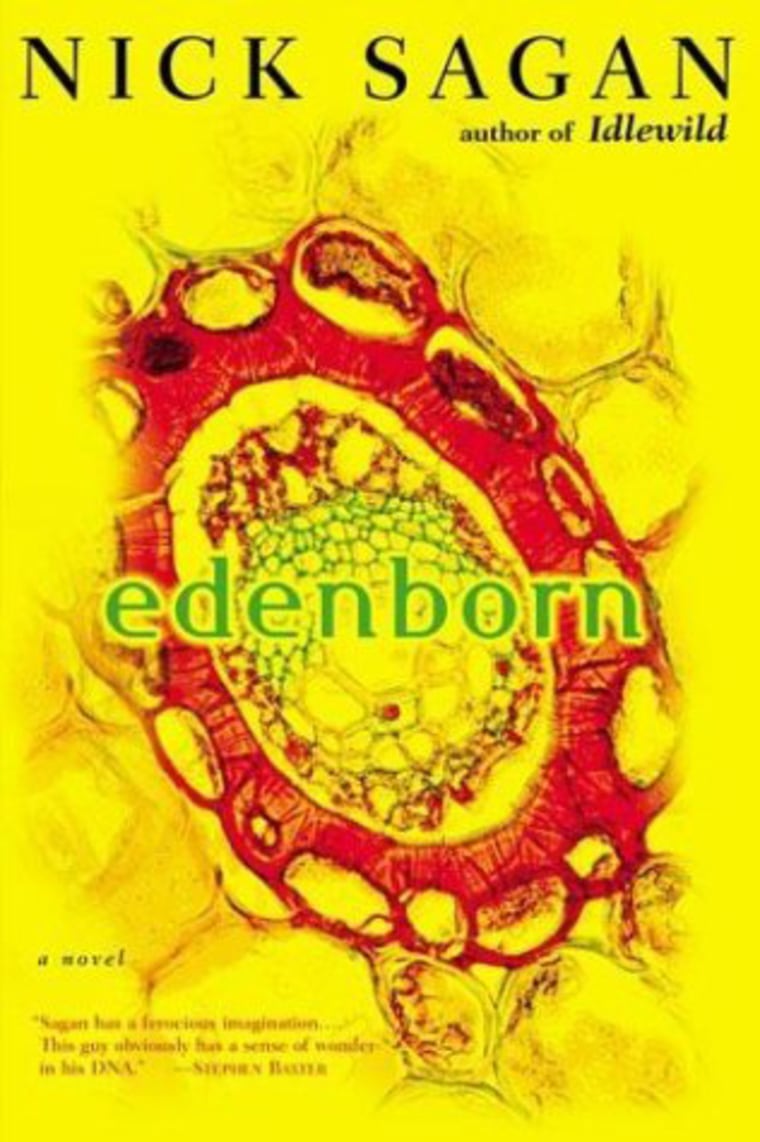So you've survived the end of the world ... now what?
That part of a post-apocalyptic tale usually isn't addressed in science fiction. From "Deep Impact" to "Mars Attacks," from "Independence Day" to "28 Days Later," the story usually ends when the survivors of some cosmic threat finally reach a safe haven, look around and realize that civilization has to start from scratch.
The rest of the story is what Nick Sagan explores in "Edenborn," the second book of his Idlewild Trilogy. The trilogy is set in the aftermath of a mysterious viral outbreak that has killed off all humanity, except for a handful of genetically engineered progeny who have been raised in "Matrix"-like virtual-reality pods.
"The main question I'm asking is not who survives," Sagan told me. "There are two questions: One is, who inherits the world? Not so much 'who' individually, but what philosophies, what belief systems survive in the wake of such a cataclysm? And the next question is, how do we rebuild? How do we create, if not a utopia, a society, once we've gone through such devastation?"
As the son of the late astronomer Carl Sagan, the 33-year-old writer/futurist just might be genetically predisposed to wrestle with those kinds of deep questions. But "Edenborn" is no Hegelian philosophical tome: The younger Sagan handles his tale entertainingly, which is what you'd expect from someone who has spent years writing scripts for Hollywood productions such as "Star Trek: Voyager" and video games such as "Zork: Nemesis."

"Edenborn" is a mystery told from multiple viewpoints that also manages to touch on the speculative side of cloning and cryonics, virtual reality, artificial intelligence and even the Islamist/modernist clash of civilizations.
Anyone who has read the first book in the trilogy, "Idlewild," should be hooked right off the bat. At the end of "Idlewild," the post-apocalyptic survivors go in separate directions. During the course of "Edenborn," those little groups find out they need each other — and also learn what it means to be the parents of a post-post-apocalyptic generation.
If anything, the all-too-human generation gaps play a bigger role in "Edenborn" than the gee-whiz technologies.
To hear Nick tell it, there was little evidence of a generation gap in his own family. Nick was the one who, at age 6, recorded the greeting "from the children of Earth" for the Voyager interstellar probe's "golden record," which Carl Sagan helped create. Today, Nick Sagan can still recall the talks he had with his father on the long-term future of the human species.
"I used to debate my father on this all the time, this talk about the dangers coming up ahead," he said. "He was very hopeful. He was a believer in the optimistic side of it, and our ability to work together, which I think is terrific. I always played a bit more of the pessimist between the two. My feelings right now are that we're in for some bumpy weather. I think that the odds are that we're ultimately going to be all right, because we're an incredibly hardy species. We're driven toward survival. I think it will take something very serious to wipe us out.
"I think that the danger of annihilating the human species is probably very low. But the danger of some very big cataclysm in the next few years worries me, at least. And so one of the nice things about being able to write science-fiction books is that there's a wonderful tradition of cautionary tales that you can tap into. I think the job as a science-fiction writer and as a futurist, to whatever extent that I am one, is to look ahead and try to show people glimpses of utopia or dystopia, heaven or hell — looking at potential traps or pitfalls, and also things we might want to drive ourselves toward."
Toward that end, Sagan is working on the final book of the trilogy, "Everfree," due for publication next year. And after that? He's already been asked to help with scripting a video game that could also spawn a movie. He also has been invited to be a consultant for an upcoming ad campaign — something he's never done before. And there will surely be more books, perhaps in a completely different genre. But it sounds as if the Idlewild Trilogy, his first foray into book-length fiction, will always be closest to his heart.
"These books were really an experiment to write just for me, and it was a tremendously rewarding experience to discover that there are fans of the books who really tap into them and enjoy them," he said. "My goal is to finish it as originally conceived, as a trilogy — but because I enjoy it so much, I may very well return to it somewhere down the line."
For an extra sampling of Nick Sagan, check out his observations on the future of sport in our interactive — or click on over to his .
This report was adapted from Alan Boyle's Cosmic Log.
